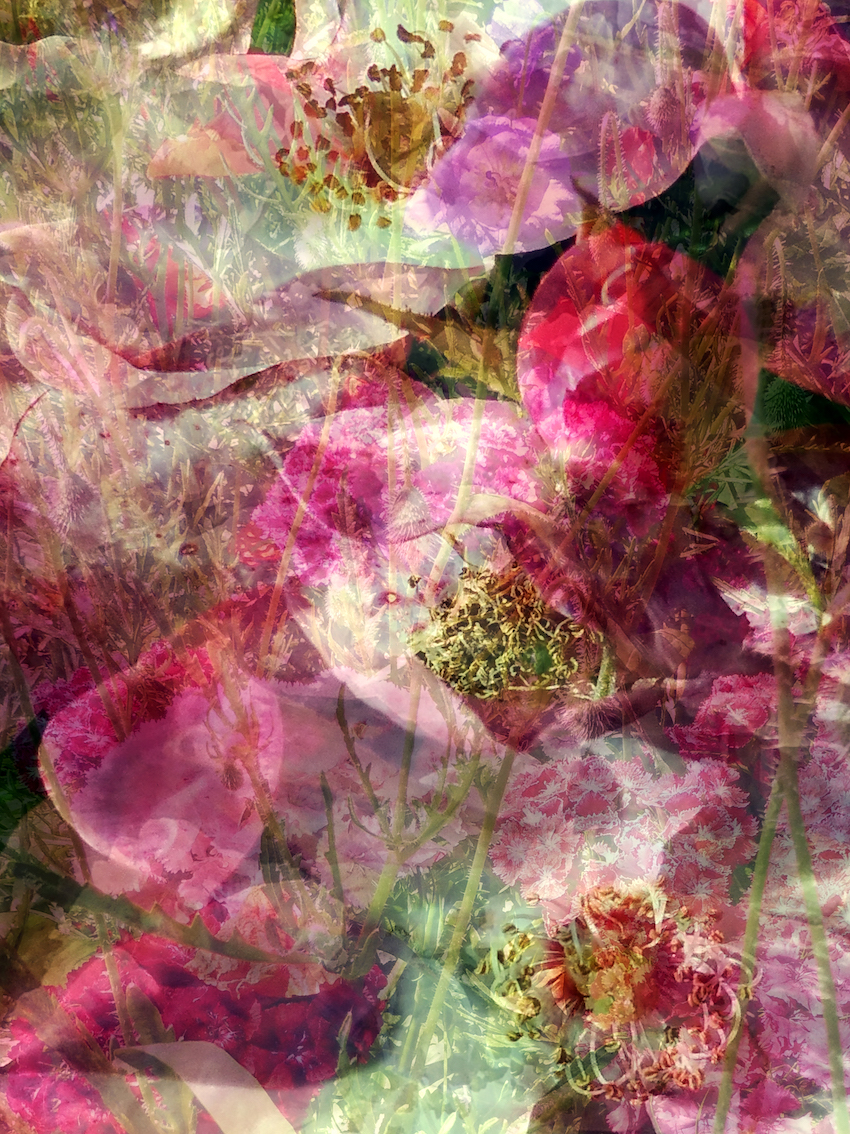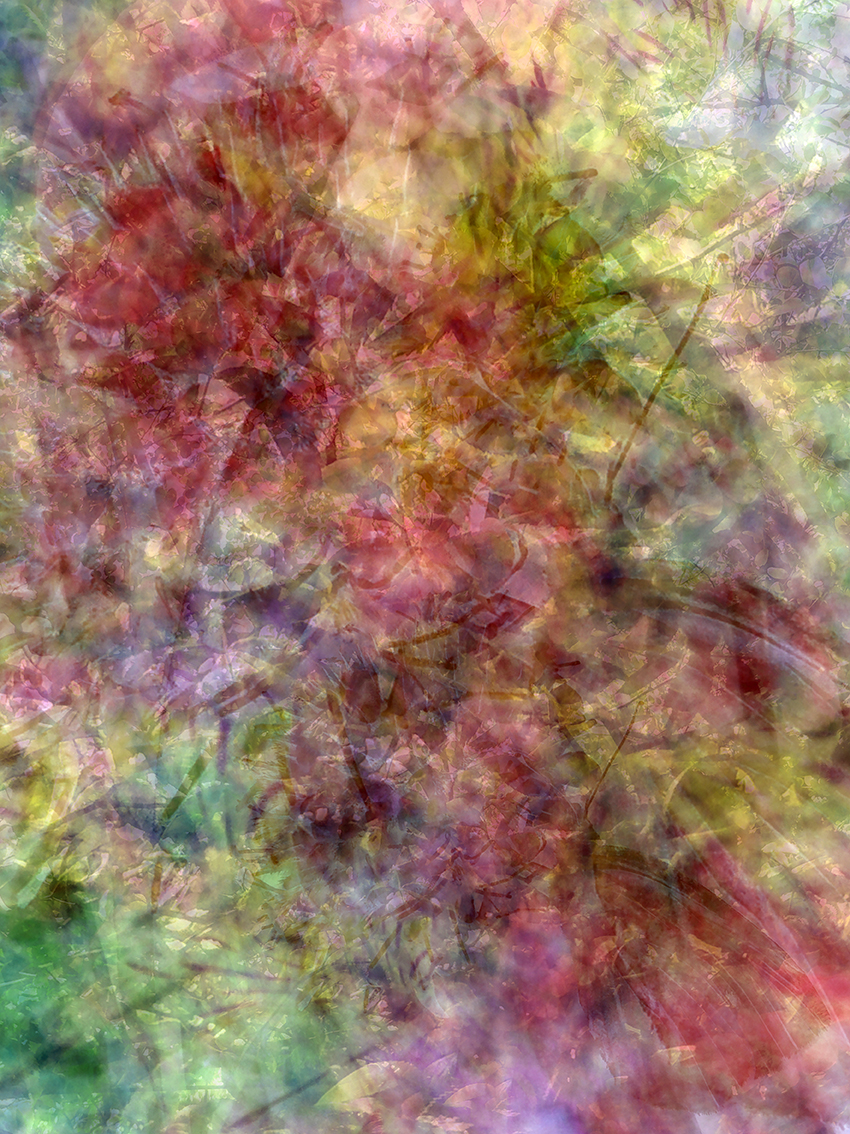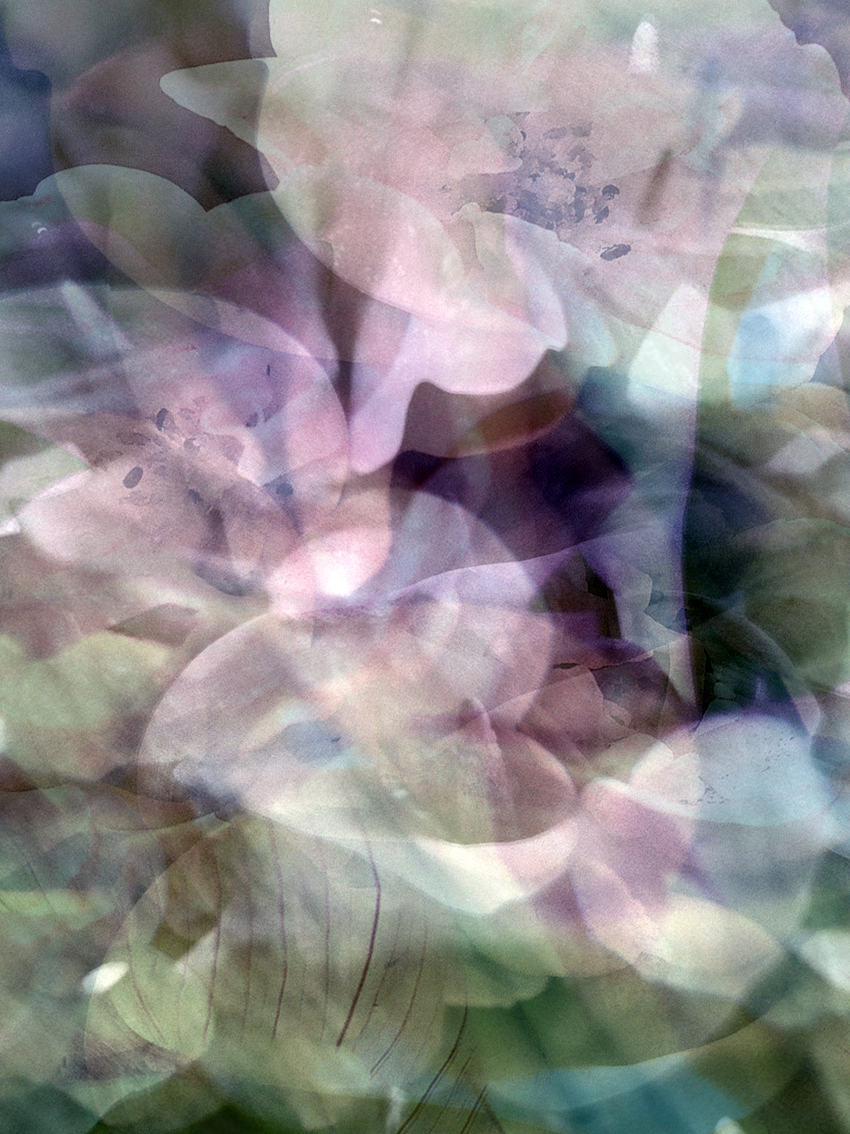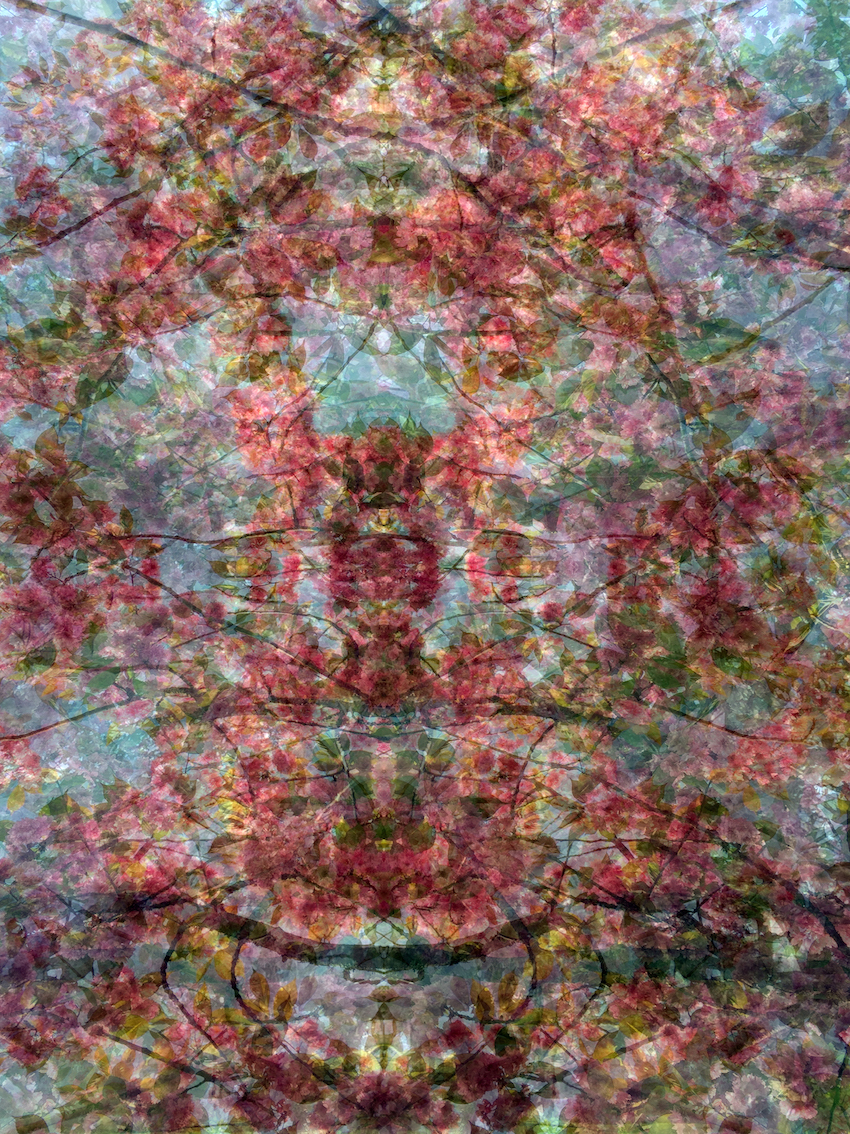
PIERRE GUILLAUME VUILLECARD
ParisThere are those refined artists that need to transform and delicately metamorphose what they see, find and touch into flashes of beauty. Pierre-Guillaume Vuillecard loves flowers.
He spends long pleasurable moments composing bouquets or still lives, taking care to arrange them according to colors, the velvety texture of the petals, the originality of the stems and the graphic design of the leaves. He arranges and composes like in the Japanese art of ikebana, attentive to the inner law that emerges out of his mood and the phases to follow that he anticipates.
Indeed, his elaborate floral compositions are photographed over and over again. A work of patience with moments of grace. Then starts the technical work of the photograph. Framing, cropping, cutting, lifting and superposing thin sheets of tracing paper like thin layers of pastry, reducing, refining, till a new skin appears. A new skin made of electrifying light. A sort of stain-glass, light and soft, evanescent and glittering at the same time. You spot fluorescent gems like frosty elements in a kaleidoscope. Or is it a studded sky of flowers blooming or bursting forth as seen through half-closed eyes as you doze off on a warm summer day?
But you do recognise a few encrusted twigs here and there, small, intertwining pieces of petals, leafy elements crystallised at the bottom of a frozen lake. We picture the surface of this languorous stream full of fine weeds, moss and petals, transparent and quivering, where floats and drifts Ophelia, Hamlet’s loved one. A slow, gentle, poetic process of disintegration arises out of Pierre-Guillaume Vuillecard’s shimmering pictures of soft, infused hues. A song to the wandering dissolution called day-dreaming.
Written by Elisabeth Védrenne, journalist and art critic at “Connaissance des Arts”






